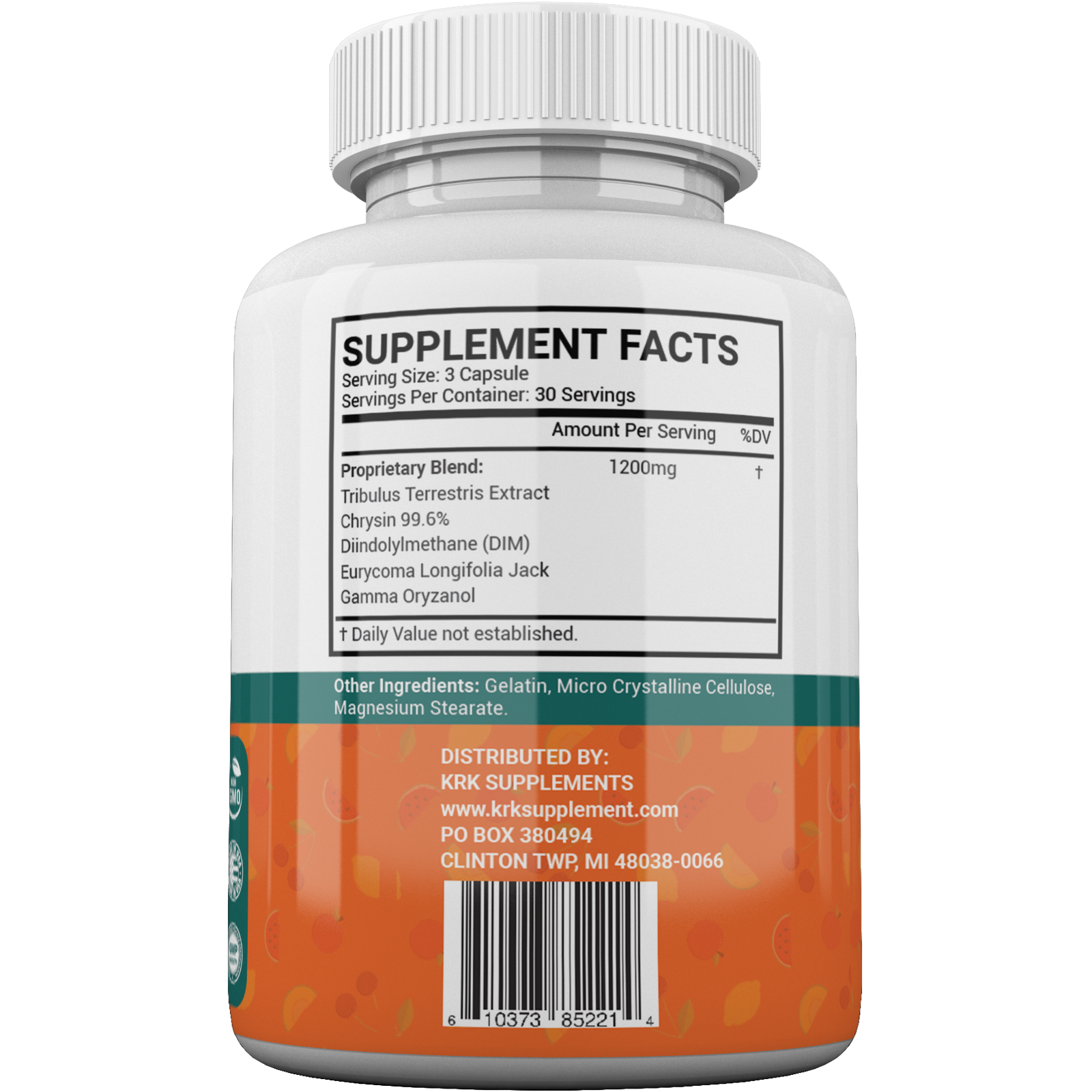


When it comes to prostate health, therefore, DIM works particularly well when used alongside the plant Serenoa repens ( saw palmetto). An excess of DHT, however, contributes to male-pattern baldness and prostate gland enlargement (such as that seen in BPH). Later in life, DHT supports the biological characteristics of males like body hair, deep voice, and increased muscle mass. During fetal development, DHT plays an essential role in the development of the prostate gland and penis. Dihydrotestosterone (DHT) is derived from testosterone in the body by way of an enzyme known as 5-alpha-reductase. Yet estrogen isn’t the only hormone to watch in men. Because the two hormones act in balance with one another, estrogen excess can cause symptoms of testosterone insufficiency.īy shifting estrogen metabolism to support the “good” form of estrogen and reducing the “bad,” DIM may protect prostate tissue from BPH, prostatic inflammation, and may even prevent cellular changes that can contribute to cancer. Estrogen also affects the growth and differentiation of prostate cells, both directly and indirectly, and thus increases the risk of benign prostatic hyperplasia (BPH). Because the two hormones act in balance with one another, estrogen excess can cause symptoms of testosterone insufficiency. DIM and menĭIM is also of value in the management of issues related to the prostate gland and their associated lower urinary tract symptoms.Īlthough the focus is often on testosterone when it comes to men’s health, estrogen levels are also important to monitor. ,, By directly binding to dopamine receptors, furthermore, chaste berry also helps lower prolactin levels,, , which in turn can help mitigate breast pain, irregular menstrual cycles, and infertility. By supporting LH production, chaste berry helps shift the ratio of estrogen to progesterone in the body in favor of progesterone, thus further supporting fertility as well. Chaste berry acts on the hypothalamic-pituitary-ovarian axis, increasing the production of luteinizing hormone (LH), a hormone produced by the brain to trigger ovulation.Ĭhaste berry acts on the hypothalamic-pituitary-ovarian axis, increasing the production of luteinizing hormone (LH), a hormone produced by the brain to trigger ovulation. DIM in particular supports this aim when synergized with the herb chaste berry ( Vitex agnus-castus), or vitex, as it’s also commonly known. īalancing estrogen types and levels is beneficial in alleviating the symptoms of benign breast ailments (such as fibrocystic breast disease) and premenstrual syndrome (PMS).

, It is important to note, however, that DIM supplements should not be used by pregnant women. By these actions, DIM may help reduce the risk of certain hormone-sensitive cancers. , DIM also has anti-estrogenic activity, competing with estrogen for binding sites on cells and reducing proliferation. DIM’s primary virtue with regard to women’s health comes from its role in helping the body to make a better balance of the “good estrogen” (2-hydroxy-estrone) compared to the “bad estrogen” (16-alpha-hydroxy-estrone). There are different estrogen metabolites in the body, some of which are more estrogenic and potentially harmful, while others are likely more protective. ,, DIM also supports healthy hormone metabolism and detoxification, and thus can be helpful in alleviating a number of hormonal-related issues in both men and women. Consumption of cruciferous vegetables is associated with a reduction of inflammation,, decreased risk of cardiovascular disease,, and even lower risks of certain types of cancer. The healing power of Brassica vegetables like broccoli, cauliflower, Brussels sprouts, cabbage, and kale comes in large part from the phytochemical indole-3-carbinol (I3C), which naturally breaks down in the gut to a constituent known as 3,3′-diindolylmethane (DIM) (pronounced “dim”). Supporting female AND male hormonal health with 3,3′-diindolylmethane


 0 kommentar(er)
0 kommentar(er)
